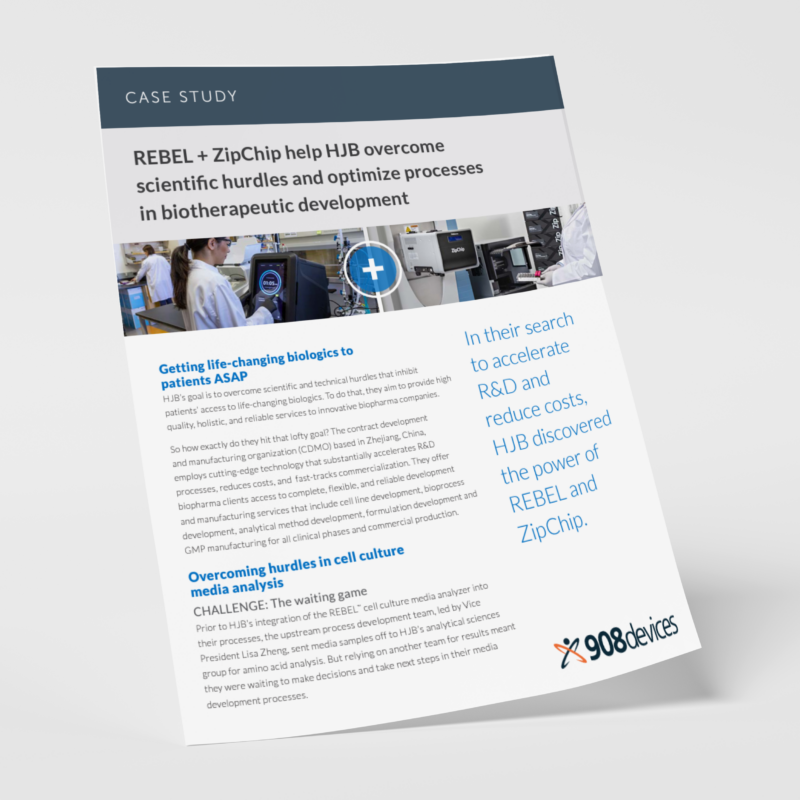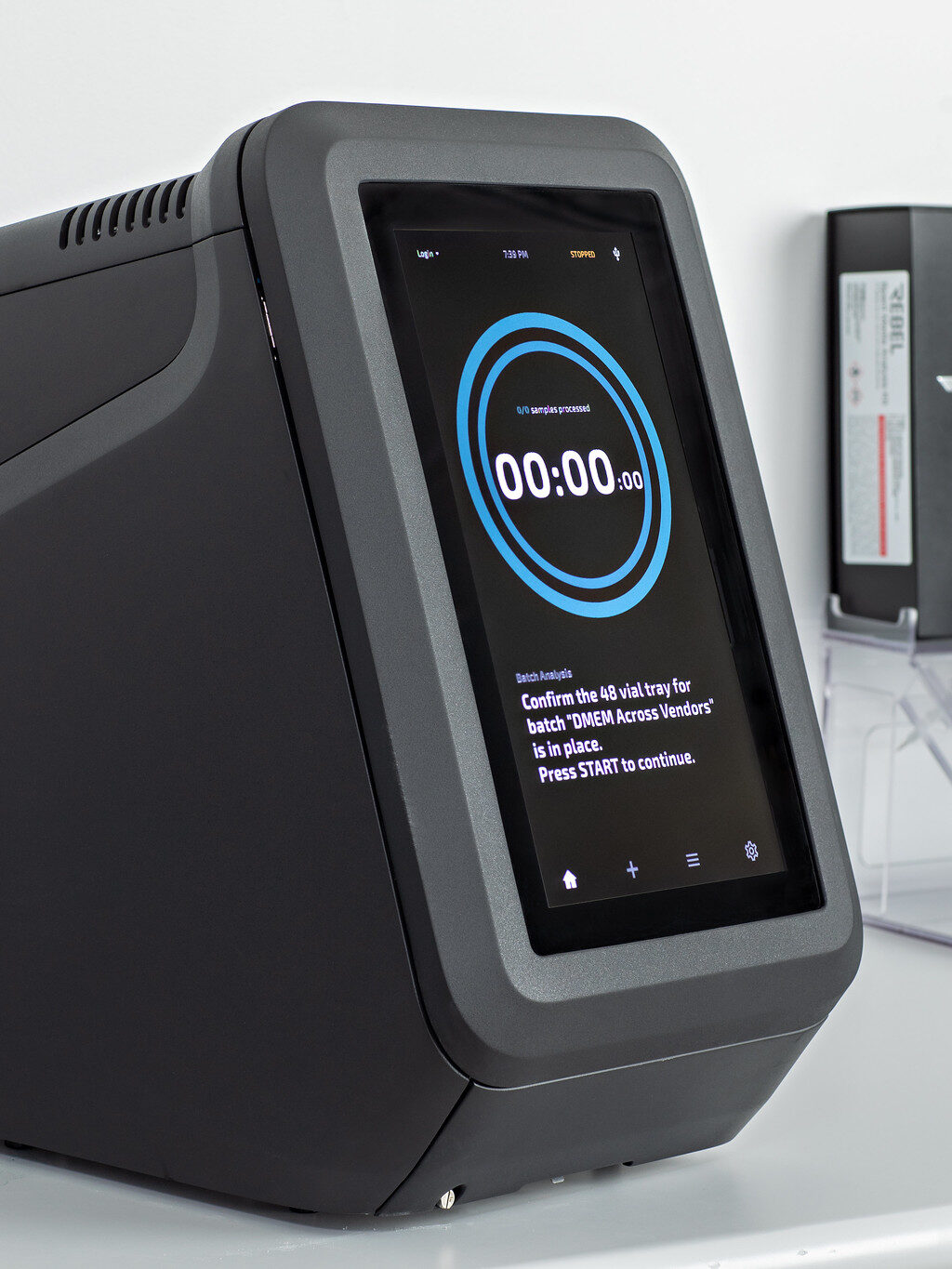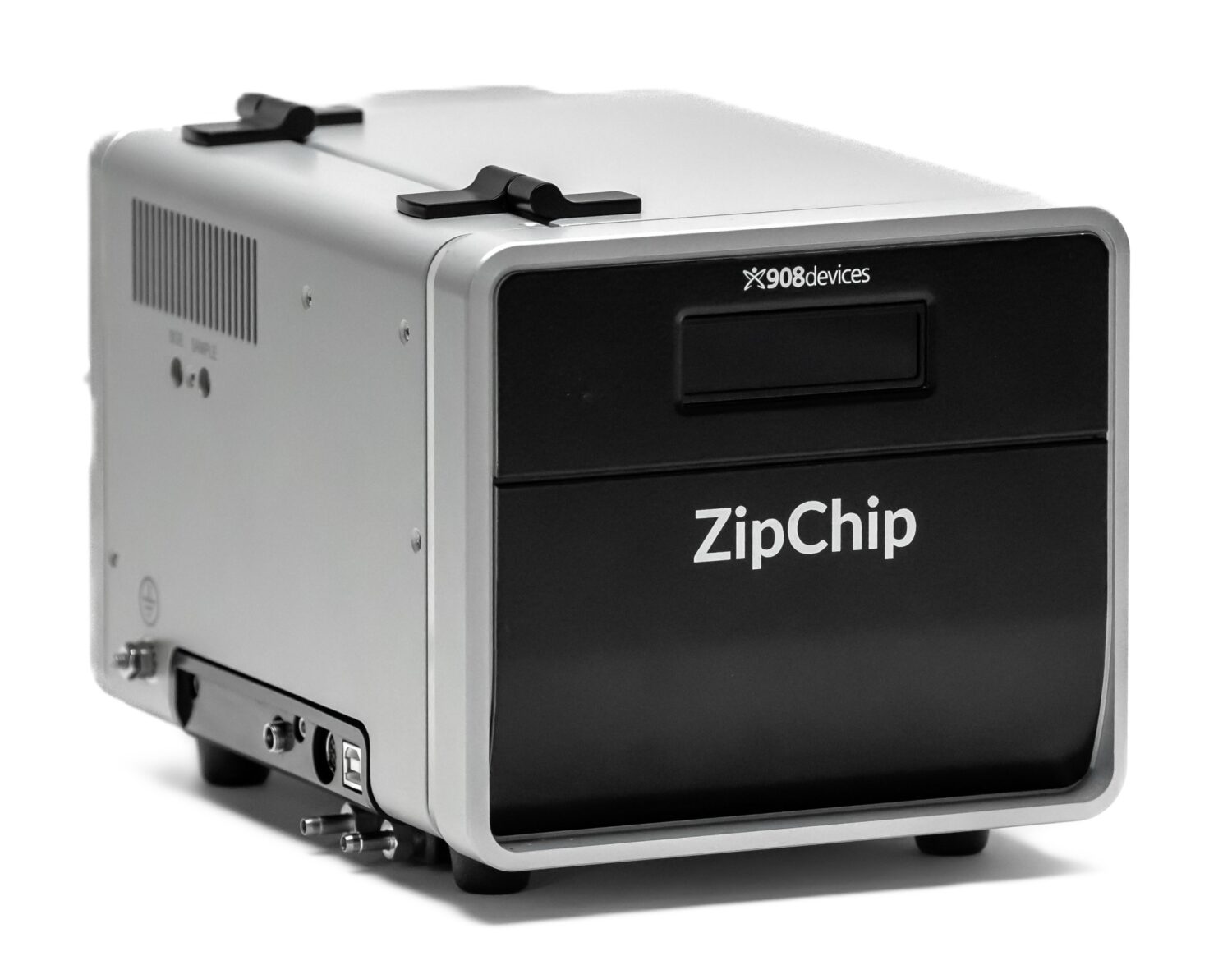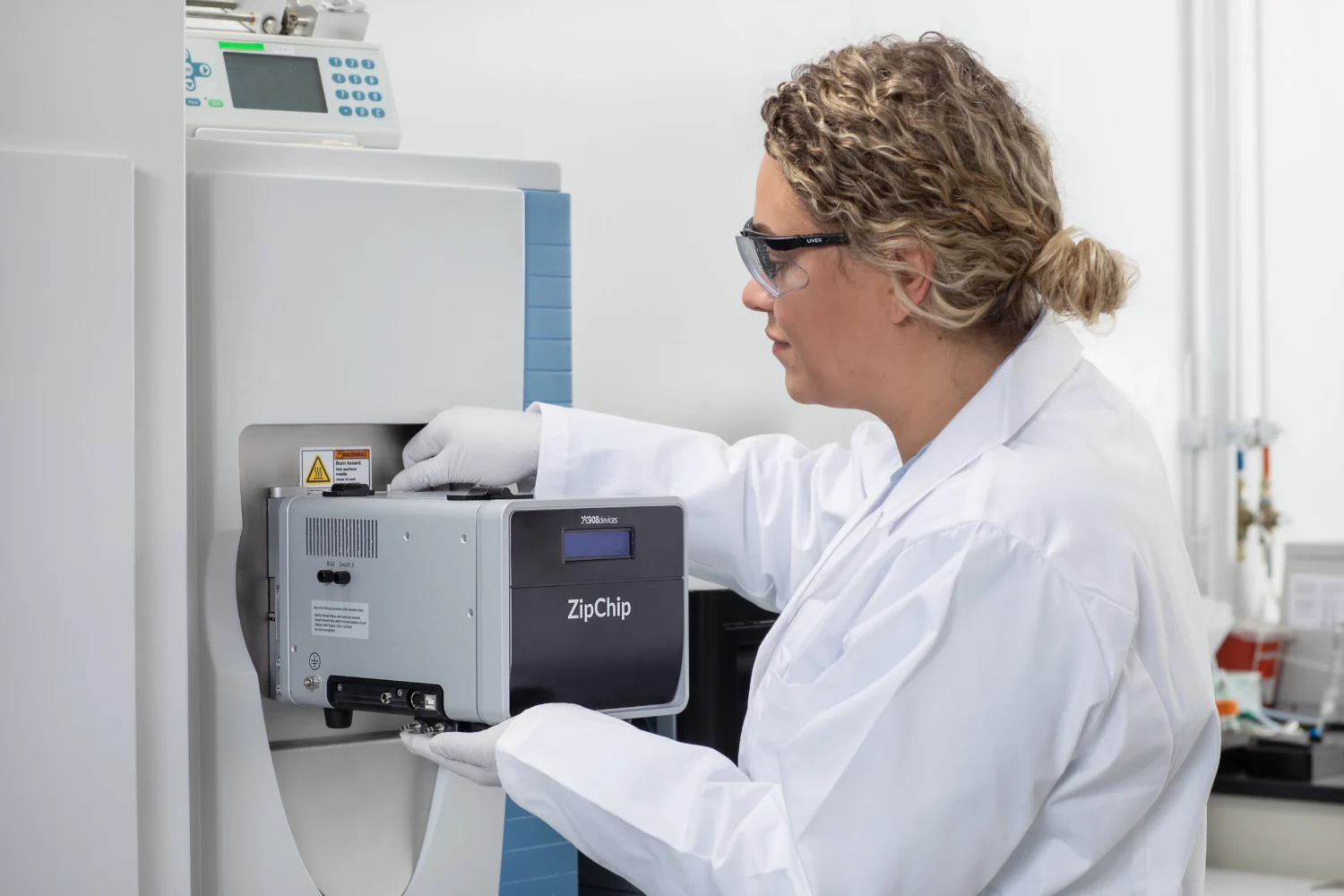REBEL + ZipChip help HJB Overcome Scientific Hurdles and Optimize Processes in Biotherapeutic Development
In their search to accelerate R&D and reduce costs, HJB discovered the power of REBEL and ZipChip.


Getting life-changing biologics to patients ASAP
HJB’s goal is to overcome scientific and technical hurdles that inhibit patients’ access to life-changing biologics. To do that, they aim to provide high quality, holistic, and reliable services to innovative biopharma companies.
So how exactly do they hit that lofty goal? The contract development and manufacturing organization (CDMO) based in Zhejiang, China, employs cutting-edge technology that substantially accelerates R&D processes, reduces costs, and fast-tracks commercialization. They offer biopharma clients access to complete, flexible, and reliable development and manufacturing services that include cell line development, bioprocess development, analytical method development, formulation development and GMP manufacturing for all clinical phases and commercial production.
Overcoming hurdles in cell culture media analysis
CHALLENGE: The waiting game
Prior to HJB’s integration of the REBEL™ cell culture media analyzer into their processes, the upstream process development team, led by Vice President Lisa Zheng, sent media samples off to HJB’s analytical sciences group for amino acid analysis. But relying on another team for results meant they were waiting to make decisions and take next steps in their media development processes.
In their search to accelerate R&D and reduce costs, HJB discovered the power of REBEL and ZipChip.
SOLUTION: Answers at-line, anytime
Lisa’s team purchased a REBEL and set it up right next to their bioreactors. They found the device space-friendly and easy to install. Consumables were easy to maintain, and operation was so simple that even their non-technical analysts could conduct analysis. Samples were measured quickly, and with results in less than 10 minutes, scientists were making decisions in near-real time. REBEL is now used routinely for quick analysis to support accelerated media and process improvements.
CONCLUSION: A new milestone in productivity
Because REBEL lets the upstream process development group analyze many samples in a short period of time, the group accumulates a large amount of amino acid data just through daily testing. This lets them quickly investigate deviations during product development, carry out process development/optimization based on REBEL data, and better understand the impacts on culture performance and Product Quality Attributes (PQAs) from process parameter changes.
REBEL was also key in helping HJB accelerate media and process development, which is essential for the development of highly intensified, continuous cell culture perfusion. Earlier this year, the company announced that its continuous perfusion cell culture platform has achieved industry-leading volumetric productivity of greater than 6 g/L per day while maintaining process and product quality attributes in a state of control for a 4-week culture.

“REBEL can analyze a large number of samples in a short period of time to provide valuable data to accelerate cell culture process development. Rather than obtaining amino acid profiles after the run is completed, REBEL provides real-time data for us to make process decisions while the experiments are in progress to maximize successful outcomes.”
-Dr. Christopher Hwang, CTO of HJB
Overcoming hurdles in cell culture media analysis
CHALLENGE: A fair share of challenges with LC
Liming Shi is the VP in charge of the Analytical Science and Quality Control Departments, and responsible for Product & Process Development Operation. HJB’s Analytical Science Department develops and optimizes analytical methods, and provides analytical support for cell lines upstream, downstream, and formulation process development. The group applies the most advanced analytical techniques to perform large molecule characterization, including analysis of mAbs, ADCs, and bispecific antibodies.
Liming’s team was looking for difficult-to-separate charge variants, which is a challenge with LC-based separations. They were also bumping into UHPLC challenges, such as poor separation and analysis with limited sample volumes. Furthermore, their UHPLC-MS separation and analysis had a turn-around time that was too long.
SOLUTION: In comes ZipChip
In their search for analytical tools that could provide higher-quality data and get them to results faster, the Analytical Services team put ZipChip® straight to work.
Because ZipChip enables rapid measurement of Critical Quality Attributes (CQAs) of native and intact monoclonal antibodies (mAbs), the team used it to characterize intact mAbs and assess the root cause of increases in acidic and basic variants under stress at high temperature. The antibody was analyzed at multiple levels, including its intact state under native conditions and subunit and peptide levels. They used the same ZipChip system and method for both analyses, and were able to determine charge heterogeneity speciation and identification in under 10 minutes. This new workflow was 100 times faster with less prep compared to conventional LC, which required them to harvest fractions.
It was also easy to start integrating ZipChip into their other laboratory workflows as minimal method development was needed for different types of proteins. The team noted this was a big benefit when it came to analysis of native proteins.

Liming Shi –
VP of Analytical Science and Quality Control Departments, Product & Process Development Operation
“ZipChip is a capable platform for multiple CQA assays, and for charge variant analysis it is very straightforward to get separation and identification information with minimal method development needed for different types of proteins, especially for the analysis in native conditions. The sample preparation is simple and straightforward, and the sample requirements are at nanogram levels.”
CONCLUSION: ZipChip + MS goes mainstream
The Analytical Science and Quality Control groups at HJB now have ZipChip systems coupled to their Q Exactive and other Thermo Fisher Scientific mass specs. They’ve adopted ZipChip into their intact antibody analysis workflows (denatured and native conditions) and their subunit and peptide mapping analysis as it gives them very clear and in-depth information on antibody molecules. One of the stand-out features in Liming’s opinion is having an online platform that provides straightforward separation and identification of charge variants based on different mechanisms.
The Analytical Science team recently published their work using ZipChip in Analytical Biochemistry, Volume 625, 15 July 2021, 114214: Characterization and monitoring of charge variants of a recombinant monoclonal antibody using microfluidic capillary electrophoresis-mass spectrometry.

email Subscribe to Our Communications Signup to receive new product updates, technical tips and more.